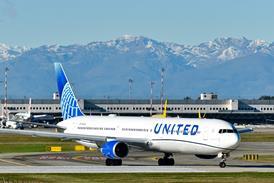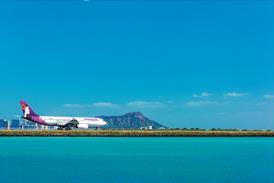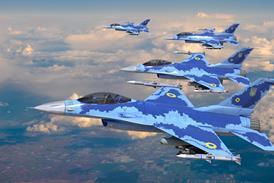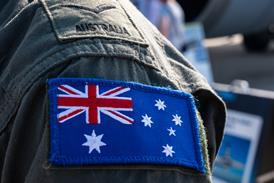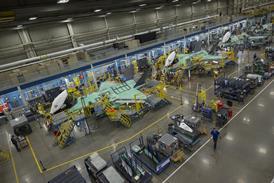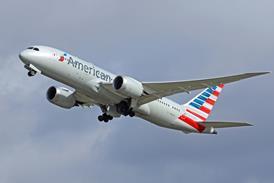US manufacturer to upgrade ATFLIR system as Australia prepares to announce winner of contest to equip Hornets
Raytheon Space & Airborne Systems is to enhance its ATFLIR targeting pod, only weeks before Australia is to announce the selection of a new-generation system to equip its Boeing F-18A/B Hornet fighters. A decision between the ATFLIR, Lockheed Martin Pantera and Northrop Grumman Litening AT Block II pods is believed to have been delayed from late May until mid-June, potentially to coincide with the Paris air show.
The ATFLIR system, in US Navy use since 2002, will gain a Ku-band datalink capability within nine months, enabling it to deliver streaming video and encrypted data, says Raytheon business development manager Dave Goold. The company-funded development has drawn interest from the USN, he adds. The navy has ordered 168 ATFLIR pods from an eventual requirement for 574 for its F/A-18C/Ds (324 pods) and F/A-18E/F Super Hornets (250 pods), 75 of which have been delivered.
Capable of designating targets from an altitude of 50,000ft (15,200m) and a range of 55km (30nm), the system is being used in Iraq to escort ground forces, monitoring for possible insurgent threats such as roadside explosive devices and rooftop snipers.
Canada is expected to issue a request for proposals in September for a targeting pod for its F-18A/Bs, with the ATFLIR, Litening and Pantera systems likely to compete.
*Northrop Grumman has conducted a successful test of using the Litening AT pod to designate the target for a 226kg (500lb) GBU-38 bomb equipped with Boeing's Joint Direct Attack Munition guidance kit. The work supports a modification for the US Marine Corps, which will equip six of its F/A-18D squadrons with the Litening pod.
CRAIG HOYLE/LONDON
Source: Flight International

